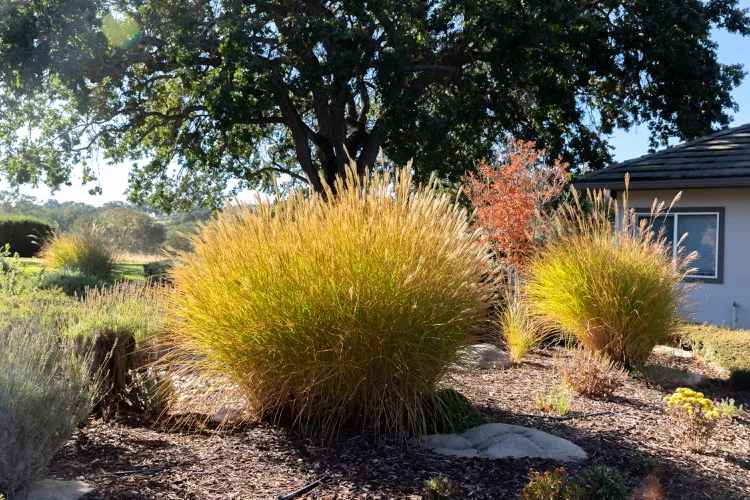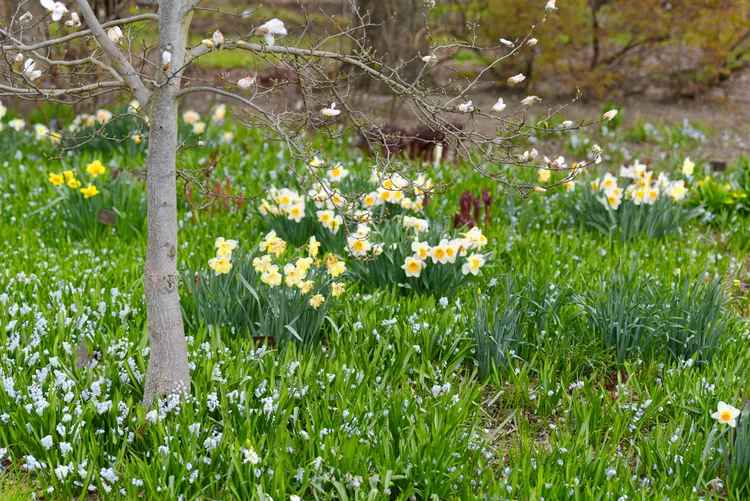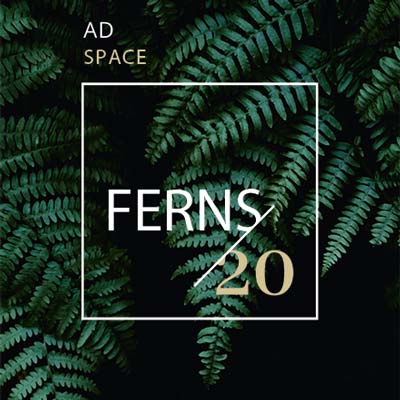The designs of rock gardens can be anything from naturalistic, sprawling creations, to faux dried rivers, to rustic mounds made up of soil, plants, and stones. All depends on what you like and how much space (and rock!) you have. A simple raised bed, made from selected rocks, is often the best option for a small space. This design will fit into any nook you choose and won’t get in your way when mowing the lawn. It will also require little maintenance if you plant it carefully.
How to create rock gardens
What you’ll need
Equipment and Tools
Shovel
Garden trowel
Wheelbarrow
Materials
Stones of different sizes
Soil (as required)
Plants
Instructions
Build the First Course
If necessary, remove grass or any other organic matter from the area. Dig up the sod or other plants to their roots, to avoid new shoots in your rock garden. As a base, create a circle with rocks that is approximately 4 feet in diameter (or whatever you desire). This will create a foundation for your garden, and also some elevation over the surrounding soil. This bottom layer can be made up of the largest and least appealing rocks, but they do not need to exceed 12 inches in size.
Fill in the area within the first course of soil with sand, as it provides good drainage. Add sand or compost to a clayey, heavy soil to improve drainage. To compact the soil, walk on it.
First course for a small circular rock garden.
Add the Second Course
Plan the second course. It can be a smaller circle within a larger circle or a band of stones that runs through the middle of the bed perimeter. The second course will provide ample space for planting, both between the bed edge and the stones of the second-course as well as any extra spaces created by this course.
The second course should be placed according to the plan you have made (and do not hesitate to experiment). You can use lighter stones, which are easier to maneuver, for the second course since you have used the heaviest ones for the first. Use the most attractive stones (of any size) as they will be easier to see than the foundation rocks.
Second course of the small, circular rock gardens.
Choose Plants for your Rock Garden
Choose a color scheme to complement your stone. If the stone is primarily red, then you will want to choose plants that have a hint or red, along with some other colors like white, silver, yellow and others.
Choose plants that grow well in soils with good drainage. Verify that the plants are suited to the sunlight and watering needs of the garden. The best plants to choose are drought-resistant ones, but you can make exceptions for an especially beautiful specimen you want to treat as a temporary annual plant. For maximum visual impact, try to vary the height of plants and their leaf textures.
Purple wood spurge in full bloom.
Plant Your Rock Garden
Arrange your plants in the rock garden when they are still in pots. Planting in threes is usually the best way to go. You can either group three plants of the same type together, or arrange them in a strategic manner. Remember that you’ll be interspersing rocks between the plants.
After you have chosen your layout, start planting. Add additional soil if needed. You can add rocks to create a decorative effect.
Use small stones that are the same color or type as the larger stones in the rock structure to prevent weeds from growing.
Plants and small rock garden.
Here are some examples of small plants that would work well in a rock garden. They were chosen for their color, height, texture, and care requirements.
Scotch Moss pots for plants that are short and yellow (Sagina Subulata Aurea).
For more yellow, choose a yellow daffodil. Miniature varieties are better for small rock gardens.
Three pots of wood spurge, Euphorbia amygdaloides purpurea (for its yellow flowers and red stems); taller plants to give the composition depth
Add some low-growing foliage and 3 pots of hens & chicks for more color.
Snow-in-Summer (Cerastium Tomentosum) in 3 pots for white flowers and silver leaves
Silver foliage can be obtained by using lamb’s ears (Stachys Byzantina).
Candytuft (Iberis purity) is a white flowering plant that has a striking appearance.
This rock garden looks better in the spring and early summer when all of the plants are blooming than in late summer. This is an example of the compromises you will have to make, unless your space is large enough for a bloom-by-bloom plan. Add the annual portulaca to your garden for colorful blooms all summer long.
Scotch Moss is another compromise, as it is not drought tolerant. It is about sacrificing durability for a pop of color or texture. Scotch Moss can be planted in zones 4 to 9, and it bears white flowers. However, it is mostly grown for its solid carpet of yellowish green. It can grow in part shade to full sun.
Daffodil is the only plant that is grown primarily for its flowers, rather than its leaves. The wood spurge and hens and chickens, which are all plants with more delicate leaves, contrast nicely with the relatively coarse textures of lamb’s ears, wood spurge and hens. You can divide the daffodil as they grow. You can move them elsewhere in your yard if you feel they are too much of a clutter to the rock garden.
Tip
Layering your plants will give the appearance of a rock garden that has been “grown in place”. Add a few rocks first and then a few plants, so that it looks like the plants are growing up through the cracks in the rock. Cover as much surface area as you can with plants and rocks.
The FAQ
How to make a simple garden of rocks?
Simple rock gardens can be created by a raised bed that has a large rock border, soil and smaller rocks inside and a variety of plants. Choose low-maintenance, native plants for your area to make your garden easier to maintain.
What makes a good rock garden?
Rock gardens can be enhanced with plants that provide height, texture and color. Sedums can cover bare spots and grow even over the rocks. Ornamental grasses add texture and height. Seasonal flowers can add color.
How can I prevent weeds from growing in my rock garden?
Mulch can be used to suppress weeds in your rock garden. Ground covers that thrive in your area can also act as a barrier against weeds.





